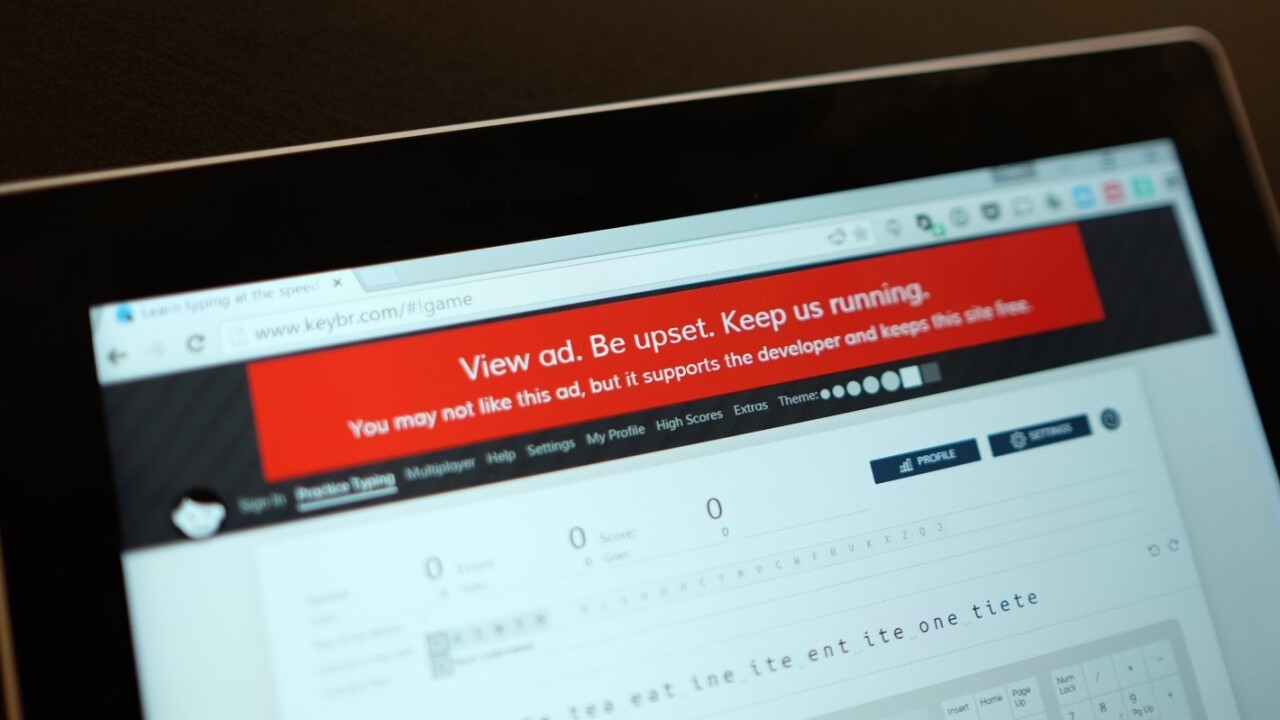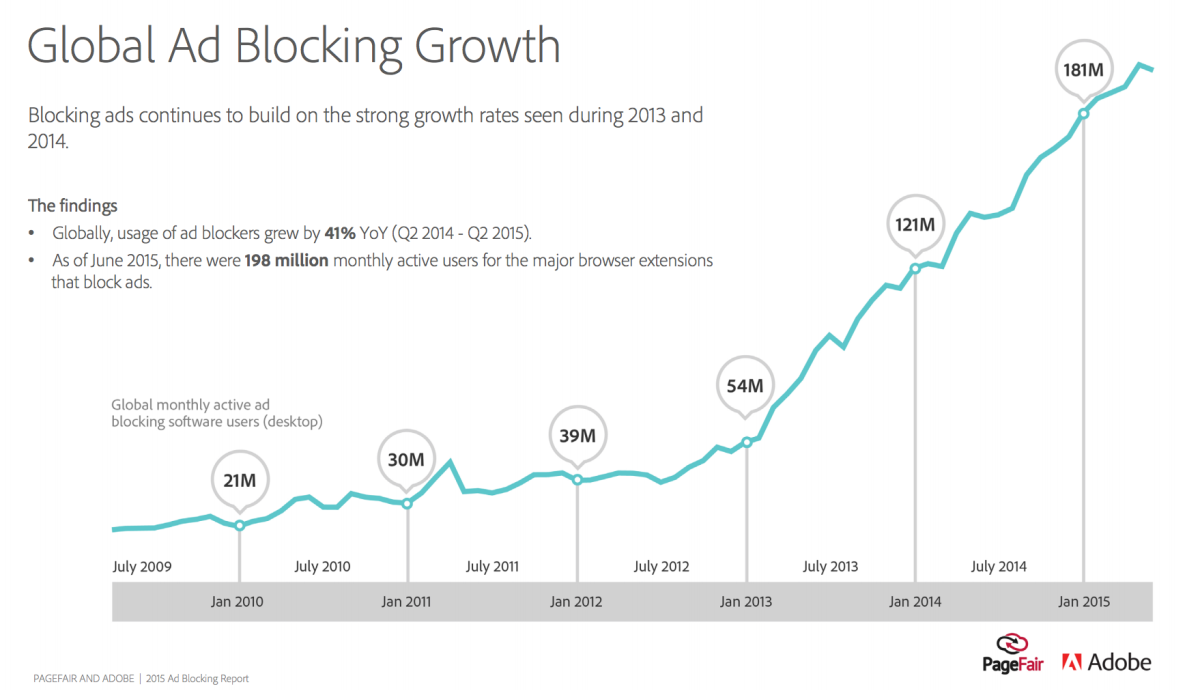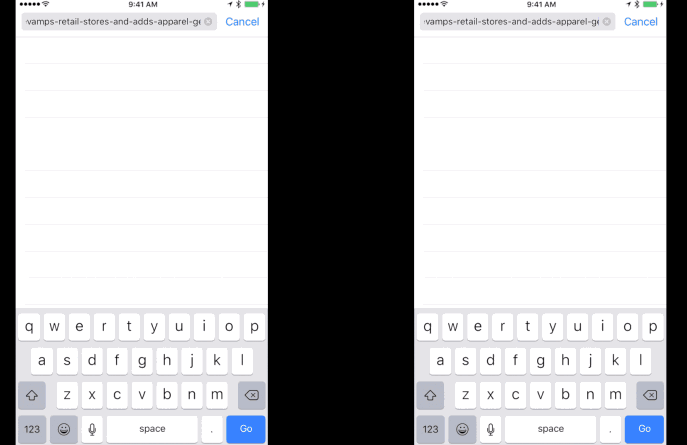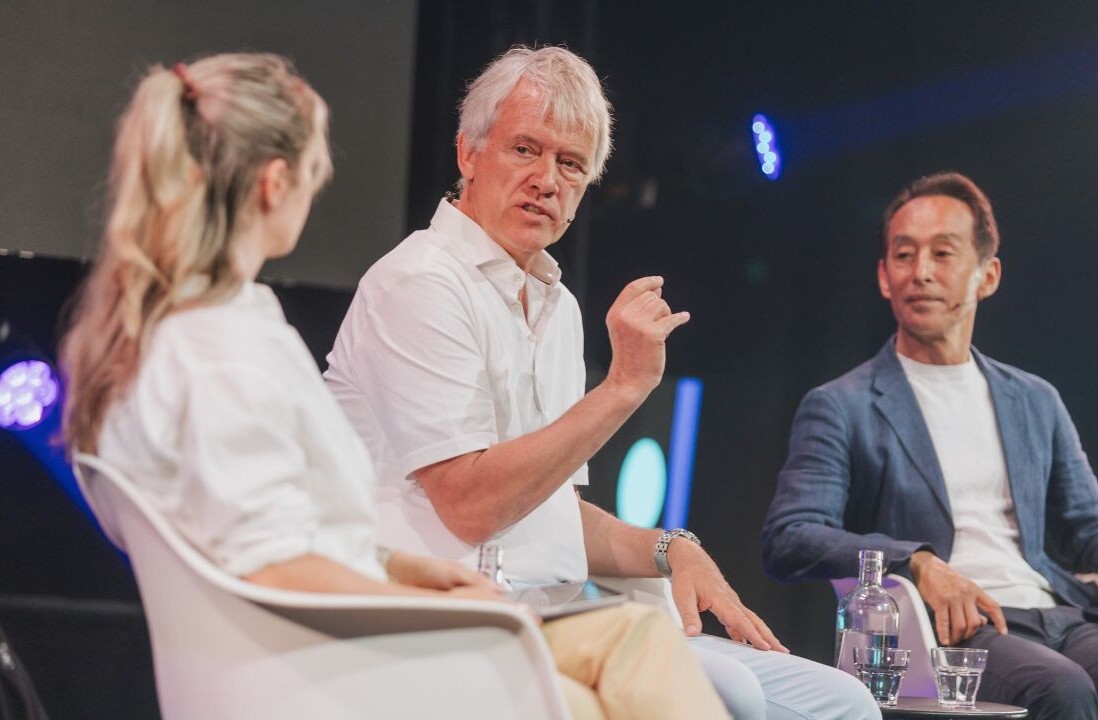
Update: Upon receipt of additional evidence, it appears we were misled by Purify about the amount they were offered in EyeO’s acquisition offer, and about the strength of the link between EyeO’s acquisition offer and its acceptable ads program.
EyeO disputed the $1 million figure Purify had given us, saying it had only offered $250,000. The company had previous refused to discuss a figure.
We compared more detailed email evidence from both companies than had previously been forthcoming from each. We detected strong evidence Purify had doctored its emails, changing the size of the acquisition offer and adding reference to the Acceptable Ads program.
EyeO tells us it was simply offering to acquire a successful adblocking app that was up for sale.
Purify continues to deny it has doctored the emails it sent us, blaming rendering errors in Gmail on iOS for discrepancies between screenshots, but the evidence against them is strong. On this basis, we apologise to EyeO and to you, our readers. Our original story follows below.
Original story:
As the online advertising industry has come up against increasing numbers of users running adblockers to remove ads on the Web, it’s had to find new ways to ensure they get to people’s eyeballs.
One program called ‘Acceptable Ads‘ is run by Adblock Plus and allows advertising through ad blockers — for a price.
Adblock Plus, the largest adblocking company worldwide, is run by a parent company called EyeO, which originally created the Acceptable Advertising program. Its services include working with ad networks to “develop non-intrusive ads for users that are a choosy, tech-savvy audience.”
Companies like Google, Microsoft and others reportedly pay hundreds of thousands of dollars to Adblock Plus to do the opposite of what they’re supposed to do — show their ads regardless of if the user has a blocking extension installed.
That adblocking company has recently been working to expand its reach, with about 23 million active users on its own extension but hundreds of millions across those that partner with it through the Acceptable Advertising program.
Acceptable Advertising is an opt-out setting in a number of popular adblocking extensions and apps that allows specific adverts through the filter when they meet a set of rules.
Earlier this month Adblock for Chrome controversially adopted acceptable ads to monetize its free extension, when it was sold to a mystery buyer for an undisclosed sum.
That deal alone added more than 40 million users to the Acceptable Advertising program by default — Adblock Plus denies it’s the mystery buyer.

TNW has learned that the company has recently been courting app developers who have built apps for Apple’s new content blocking technology, which allows developers to remove advertising on iOS for the first time.
Crystal, one of the first adblockers to top the popular charts, added the Acceptable Advertising program to its app after it went on sale in September, saying that “it would be impossible for [us] to manage the workload required to make sure publishers conform to any strict standard.”
The developer, Dean Murphy, said that he hoped the move would “convince advertising agencies and publishers to reassess the kind of advertising they are using” but would not disclose why the change of heart had happened after the fact.
For Crystal, at least, Acceptable Advertising will be an opt-in choice added via an over-the-air update for users in the future, so it isn’t forced on them.
According to a mobile app market intelligence company, Crystal made over $194,000 since it launched, so why would the single-person company need even more money? If developers are making hundreds of thousands of dollars on their own, what is Adblock Plus offering?
How much you’re worth
Purify, a new content blocker for iOS, had some answers about how that worked.
The app’s developer, Chris Aljoudi, told us that Adblock Plus offered to acquire Purify for more than $1 million, in return for ownership of the app.
Update: EyeO told us after publication that it actually only offered Purify $250,000 in cash for the app. We’ve corrected the error.
From there, Adblock Plus would provide a ‘flat fee’ every month to compensate him for his development effort, though the specifics of how that payment works were not disclosed.
When Aljoudi rebuffed the company, it offered to pay him an additional 10 percent of post-acquisition sales as a bonus, which he also declined.
Aljoudi wouldn’t confirm how many downloads he’s clocked up, but Apptopia estimates 121,000 people had purchased the $0.99 app at time of writing.
Aljoudi says that Purify refused to adopt such a program (and said the company will never participate), because he believes that “bringing users ultimate control and a great experience” is more important than giving a single entity control over what can be shown, without the user asking for it.

Acceptable Advertising is easy to add to any existing app — it just requires using a special detection list that excludes advertisers who have paid to be shown.
Aljoudi told us that the list is simply added in on top of the developer’s own filters and cancels out the rules that are declared acceptable.
I also talked with other iOS content blocker developers who confirmed that Adblock Plus had approached them about Acceptable Advertising, but would not comment on the specifics of the discussions.
Aljoudi believes that the Acceptable Ads program might have good intentions, but isn’t transparent enough and gives a single company control over a staggering amount of users who didn’t make the choice to opt in.
With Purify, he wants to give users a voice in the debate and not compromise on that by telling users what they should want, which is what he believes Adblock Plus is trying to do. Aljoudi says that Purify will never join such a program, for these reasons.
Adblock Plus needs help to change the game
Adblock Plus’ founder, Till Faida, told me that the company wouldn’t comment on what it pays to developers as the fee varies based on size of user base, development effort and how technical it is to implement the program.
When asked about why the company is approaching so many developers about joining the program, Faida said that it needs wider adoption to “create more impact beyond just our own product” and that “joining forces” means it’s able to attempt to do that. That’s why it’s willing to pay developers cash, to encourage them to come onboard.
As part of that effort, Adblock Plus recently set up an independent board for running the Acceptable Advertising program.
Faida said that “90 percent” of participants in the Acceptable Advertising program do not need to pay to be a part of it and are whitelisted for free, if they meet the rules.
That last 10 percent funds the program and company, and is determined at a threshold of “tens of millions of impressions.”

He says that in general, large-scale publishers are required to pay to let their ads appear and that the program doesn’t affect smaller publishers financially, but is monetized using those who can afford to pay.
Still, a large amount of cash to allow ads to appear in third party adblocking apps is an impressive for what amounts to changing the fundamental functionality of what an ‘adblocker’ is supposed to do.
If Adblock Plus wants to be truly transparent, it should share the details of the deals it makes to expand Acceptable Advertising in a way that allows publishers, users and others to discuss the issue.
Those payments are likely a drop in the bucket compared to what large advertisers are required to pay to get into Acceptable Advertising — a number that is not disclosed — but shows the staggering impact that ad blocking has on the industry, and how much money is at stake behind the scenes.
For Purify, Aljoudi believes that releasing the numbers into public view gives users insight into what’s going on behind the scenes and means they’re able to make a more informed choice about the adblocking product they use, instead of having the wool pulled over their eyes.
Update: This article has been updated to clarify a discrepancy between the numbers that Purify and EyeO claim to have agreed upon.
Get the TNW newsletter
Get the most important tech news in your inbox each week.




